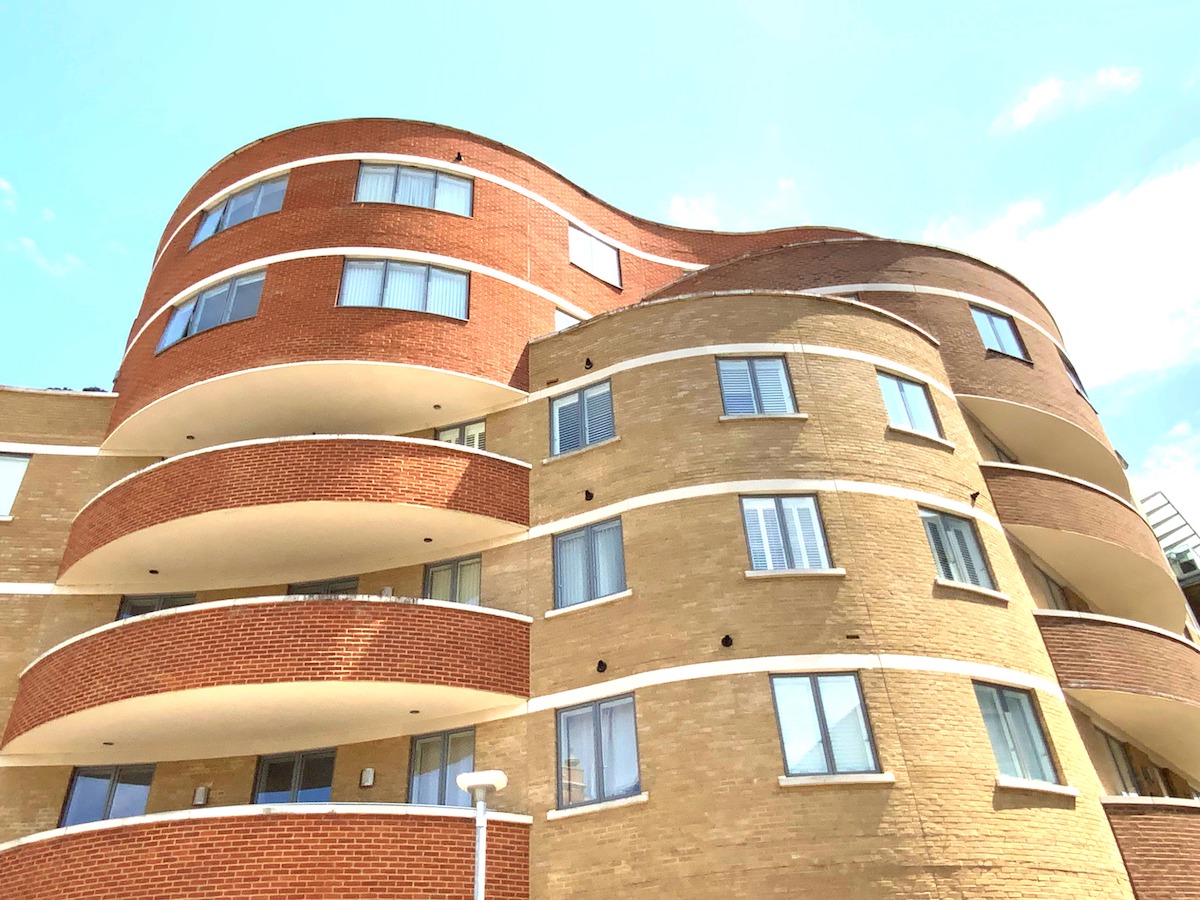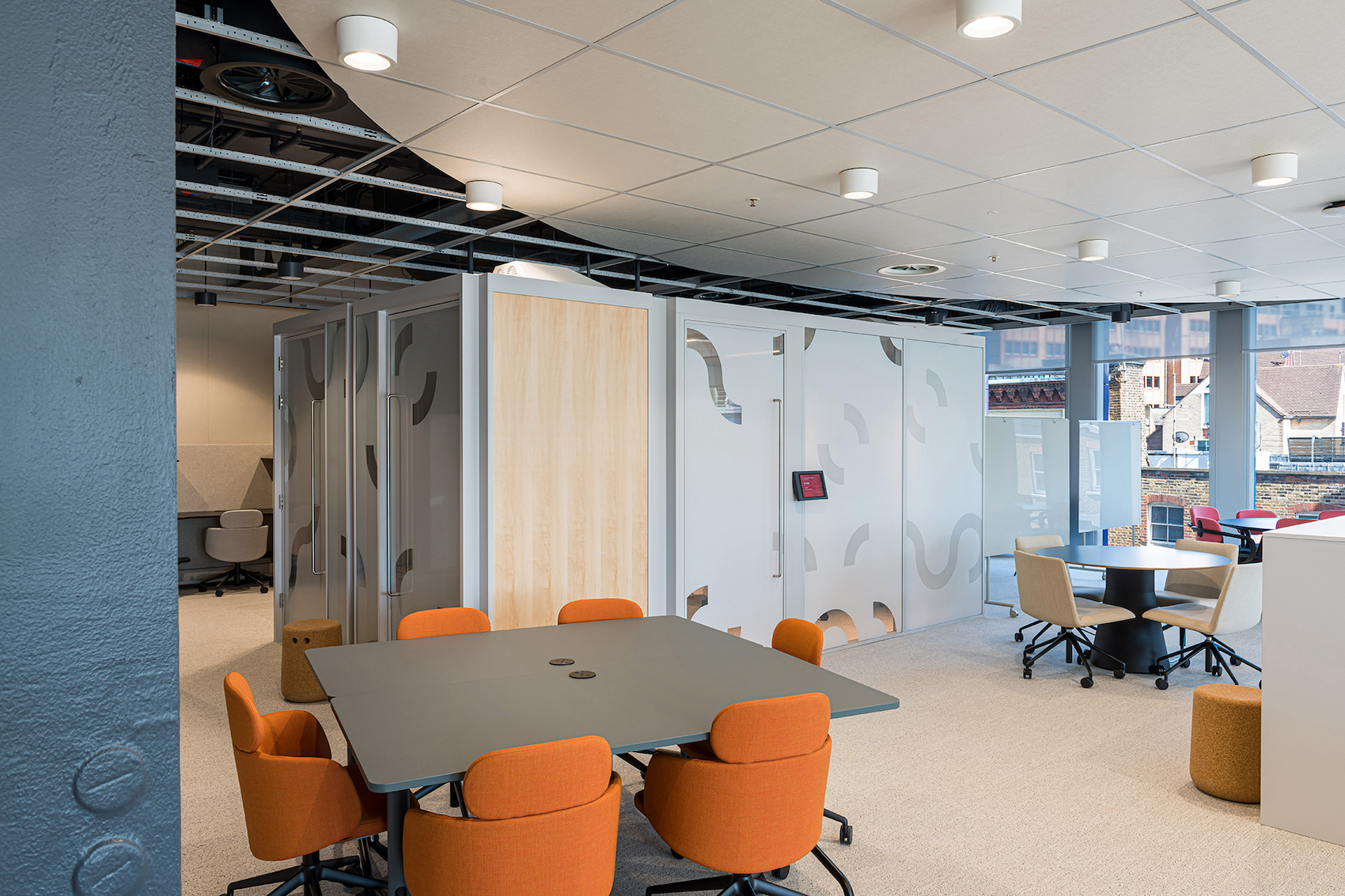A tribute to Queen Elizabeth II made from Ketley’s Brixel bricks.
Ketley’s Brixel brick system is a pioneering new way of enabling architects to create complex and bespoke designs, patterns, and images in relief on the surface of brick facades through a unique combination of 3D digital technology, advanced manufacturing techniques, and projecting brickwork elements.
The system, which recently scooped the innovation category at both the 2023 Facades UK Awards and the Brick Development Association’s Brick Awards, is being heralded as a potential gamechanger in brickwork design.
Six unique machine-extruded clay Brixel brick types in brick slip format.
A ground-breaking approach
The Brixel system consists of six unique machine-extruded clay Brixel brick types, each with different combinations of pyramidal protrusions and flat sections, and a Brixel digital design tool, which is used to create a 3D representation of the complete brickwork image.
Using this method, virtually any two-tone image or pattern of almost any size can be converted into digital Brixels, and then recreated in textured brickwork relief without the costs of manufacturing bespoke bricks.
The textured brick silhouette held at the Brickworks Museum, Swanwick.
To demonstrate the potential of the Brixel system, Ketley created a commemorative 3.5×3.5 metre textured brickwork silhouette of Her Majesty Queen Elizabeth II. The structure, which was constructed entirely from 676 projecting Brixel bricks manufactured in natural kiln-fired Staffordshire Red clay colours, is currently on display at the Brickworks Museum in Swanwick as a tribute to her reign.
Protruding pyramidal elements create light and shade.
Rendering the image into Brixels
First, a digital Brixel tool was used to pixelate the original image and render it into Brixels, each of which consisted of three 65x65mm pixels. Each pixel was either light or dark and represented by a protruding pyramidal brick element or a flat brick element.
An accurate 3D representation
From these Brixel elements a complete and detailed 3D representation was created to show how the finished brick design would look once constructed. In order to recreate the effect of natural light on the relief pattern, a special digital lighting tool was used to work out the length and movement of the shadows cast by the position of the sun during the day onto the test image. This enabled the creation of an intricate façade of subtly changing light and shadows, when seen from different angles.
The effect of light from an angle.
A cost-effective approach
This digital template not only determined the positioning of each physical Brixel brick type, but the precise quantity required, thereby ensuring that the final brick facade could be constructed economically and with minimal waste and risk of snagging.
The bricks were machine-extruded and dried through existing processes and, to avoid the cost of making different dies for the six different brick profiles, laser-cut steel plates were bolted onto the existing brick dies.
The completed structure laid out at Ketley’s brickworks in Dudley.
A long-lasting solution
As Brixel bricks are made from Ketley’s ‘Class A’ engineering brick, and tested beyond F2 level of frost resistance, any structure made using this system has the longevity and durability to withstand severe outdoor weather conditions and high-level exposed applications.
This unique combination of digital technology and Ketley’s manufacturing capability has the potential to transform of one of the world’s oldest and traditional building materials into an exciting new feature of architectural design.
For more information about Ketley’s Brixel Bricks call: 01384 78361, email: sales@ketley-brick.co.uk or visit: www.ketley-brick.co.uk




















